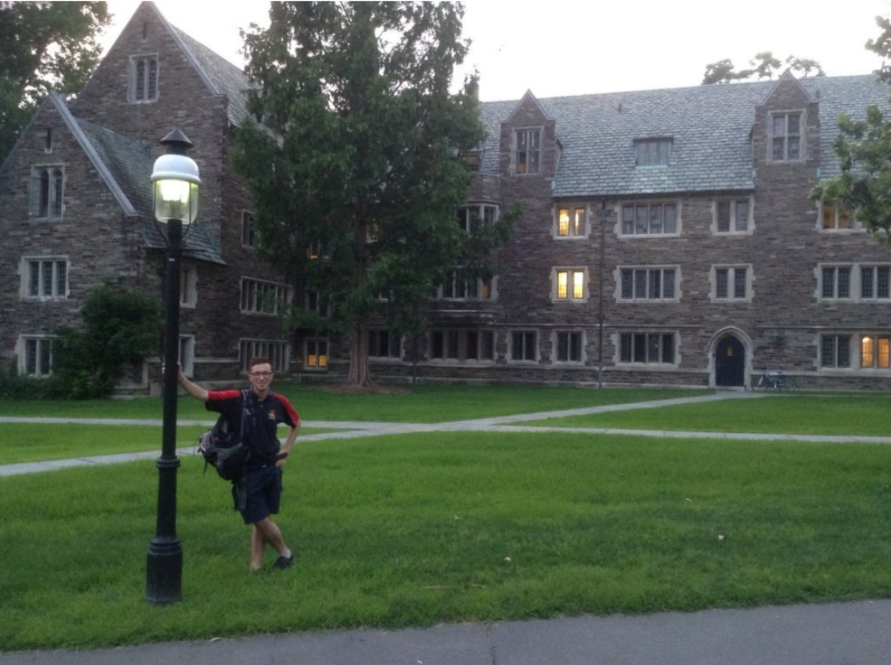Research Placement at the Princeton Plasma Physics Laboratory
Report by Francesco Sciortino. Powered by FuseNet
The connection between nuclear fusion and astrophysics sometimes seems loose to students, but is in fact a vital one: the study of plasmas unifies these two fields, which aim at an understanding of high-energy matter dynamics in different contexts. The techniques developed by fusion scientists can sometimes be applied to data analysis or modern instrumentation for space research; similarly, the work done in astrophysics can be extremely valuable to our attempts to harness the energy of the future. This is one of the reasons why I decided to spend the summer working at the Magnetic Reconnection Experiment (MRX) at the Princeton Plasma Physics Laboratory (PPPL) in the USA, where I experienced a full mixture of space and fusion research.
I am an Italian Physics student at Imperial College, in London, exploring possible paths for an academic career in plasma physics. I spent the last year at the École Polytechnique Fédérale de Lausanne (EPFL, Switzerland), where I undertook a project at the TCV Tokamak. My main interest in Lausanne was microturbulence suppression in advanced scenarios (H-mode and electron internal transport barriers). Moving to Princeton to work on magnetic reconnection was a completely new experience, although the skills that I previously gained in plasma physics and data analysis were of paramount importance.

My project at the PPPL focused on magnetic reconnection in guide field regimes, i.e. in scenarios where magnetic field lines break and change to a new topology in the presence of another field component that is perpendicular to the plane where lines reconnect. Guide fields are in practice always present in the universe and have been known for long to strongly affect plasma dynamics, although in ways that are not well understood yet. My project at the MRX facility consisted of a systematic investigation on a number of correlations, perturbations and force balances that have been theorized in past years. Excitingly, many of the results that my research group in Princeton is obtaining will soon be tested by the NASA Magnetospheric Multiscale Mission!
Living in Princeton was absolutely fantastic. As I recall my memories of those days, I am becoming more aware of how lucky was to obtain this research opportunity, for which FuseNet’s financial support was critical. Arranging my accommodation in the USA was not easy, because my 10 weeks of internship did not exactly correspond to the Princeton University summer break; this meant that I could not rent a room that would normally be used by students. I found a good flat slightly outside of the town and I travelled by bike: my commutes to the lab were a bit too long, but definitely bearable. If I were to go back, I would certainly try to get a car from the beginning of my internship though! Unfortunately public transport in the USA is not as accommodating as in Europe and students like me cannot count on it too much.
To all the young scientists who plan to work on large and complex fusion devices, I recommend gaining some experience on experiments like MRX, where basic plasma dynamics are investigated in depth. This allows a student to explore physical processes that are naturally more fundamental than the many, complex and simultaneous effects observed in fusion reactors. At the end of the day, what we hope to do is not only to construct fusion reactors, but also to understand them! Magnetic reconnection, which is known to be responsible for important plasma instabilities, is a wide field and is certainly open to great discoveries.
